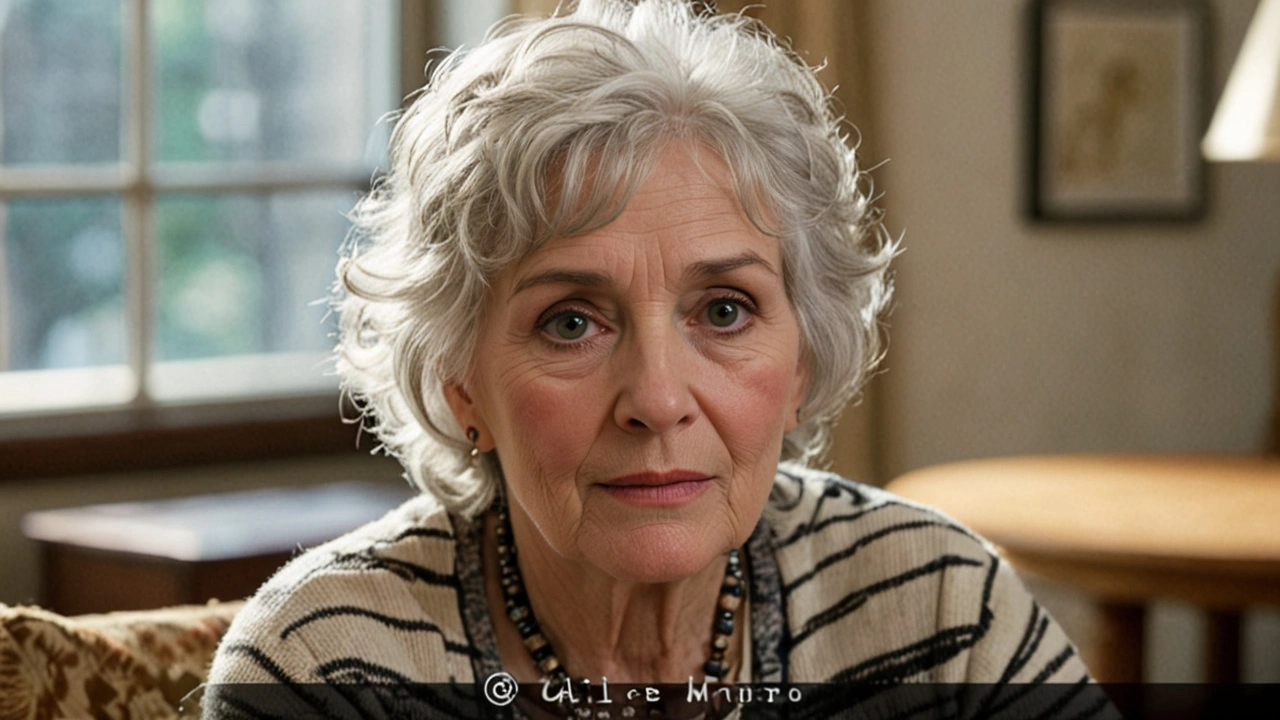Nobel laureate Alice Munro's response to her daughter Andrea Skinner's sexual abuse by Munro's second husband, Gerald Fremlin, is revealed. Skinner was abused at age 9, wrote to her mother in 1992, but Munro sided with her husband. Munro’s story 'Vandals' subtly addresses these issues, paralleling real events. The article explores the tension between Munro's family dynamics and public reputation.
Alice Munro – The Queen of the Short Story
If you love a good story that fits in your pocket, Alice Munro is the author you need to know. She writes short fiction that feels like a movie you can watch in an hour. Born in Canada, she’s won big prizes, including the Nobel, and her work still feels fresh today.
What makes Munro different? She digs into everyday life – a kitchen table, a family dinner, a small town street – and finds drama there. Her characters talk like real people, and the endings often surprise you. You’ll finish a story and think about it for days.
Why Alice Munro’s Stories Stand Out
First, her language is clear. She doesn’t use big words just to sound smart. Every sentence pushes the story forward. Second, she’s great at showing, not telling. You’ll read a scene and feel the tension without a narrator explaining everything.
Third, her themes are universal. Love, loss, growing up, and the choices we make are all there. Even if you’ve never lived in a Canadian town, you’ll recognize the emotions. Finally, her plots often twist in ways you don’t see coming. You’ll finish a story thinking you know where it’s headed, then the last line flips it.
How to Get Started with Her Work
Start with a collection. "Runaway" is a good entry point – it’s short, varied, and shows her range. If you prefer a single story, try “The Bear Came Over the Mountain.” It’s about memory and love, and it’s the story that helped her win the Nobel.
Pick up a physical book or an e‑book, whichever you like. Read in a quiet spot, maybe with a coffee. Take a moment after each story to think about the characters – what would you have done in their shoes?
Don’t worry about reading them in order. Each story stands on its own, so you can jump around. Some readers like to read the early stories from the 1960s and then move forward to see how her style changes.
If a story feels a bit slow, give it a chance. Munro builds mood slowly; the payoff often comes at the end. And if you finish a story and want more, there’s always another collection waiting.
In short, Alice Munro writes short fiction that feels big. Her stories are easy to start, hard to put down, and stay with you long after you close the book. Give her a try – you might find your new favorite author in a few pages."
